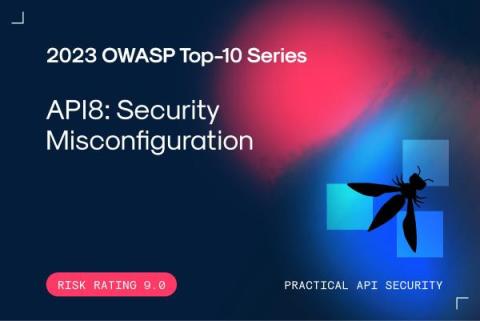Mark Cuban's MetaMask wallet drained nearly $900,000 in suspected phishing attack
Dallas Mavericks owner and well-known investor Mark Cuban reportedly lost nearly $900,000 in a phishing attack targeting his MetaMask cryptocurrency wallet. The incident was first flagged by crypto investigator WazzCrypto, who observed unusual transactions linked to a wallet associated with Cuban. This particular wallet had been dormant for about six months before all its funds were suddenly moved.







